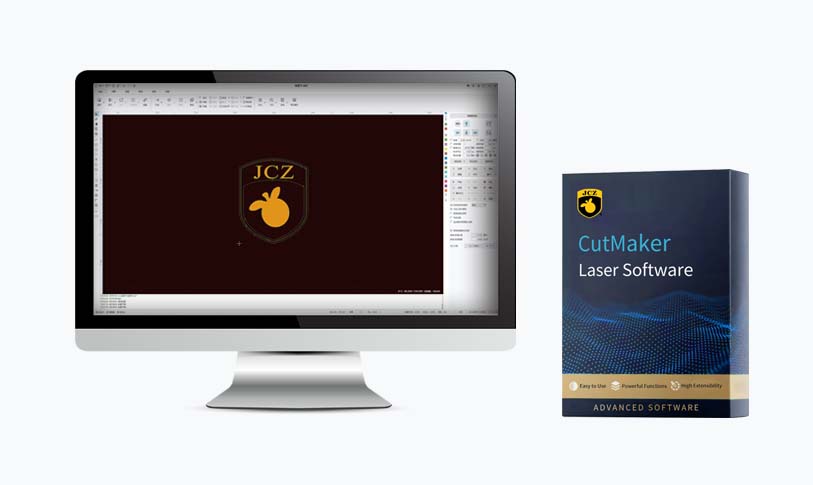When considering the purchase or lease of a CO2 laser, understanding the associated costs can be daunting. The term “CO2 laser cost” encompasses a range of elements, including the price of the equipment itself, maintenance expenses, operational costs, and even training for operators. This comprehensive guide will break down the various factors influencing CO2 laser costs, what you can expect when investing in this technology, and tips for managing these expenses effectively.
Overview of CO2 Lasers
CO2 lasers are widely used in various industries, including manufacturing, medical applications, and aesthetic treatments. They are particularly valued for their precision and versatility, making them ideal for cutting, engraving, and surgical procedures. Their ability to effectively cut through materials such as wood, acrylic, and metal, as well as perform delicate surgical procedures, has made them a staple in many industrial and medical settings.
Initial CO2 Laser Cost

Understanding CO2 Laser Cost: Factors Influencing Pricing and What to Expect When Investing in Laser Technology
The initial purchase cost of a CO2 laser can vary significantly based on several factors. The type of CO2 laser, its power output, and features like automatic feed systems or advanced cooling mechanisms can all influence the price. On average, you can expect to spend anywhere from $5,000 for entry-level machines to upwards of $100,000 for high-power, industrial-grade CO2 lasers.
1. **Entry-Level CO2 Lasers**: Suitable for small businesses and hobbyists, these models typically range from $5,000 to $20,000. They are ideal for basic engraving and cutting applications.

Understanding CO2 Laser Cost: Factors Influencing Pricing and What to Expect When Investing in Laser Technology
2. **Mid-Range CO2 Lasers**: These machines generally cost between $20,000 and $50,000. They offer more robust features and can handle a wider variety of materials, making them suitable for small to medium-sized enterprises.
3. **High-End Industrial CO2 Lasers**: Targeted at large enterprises with high production demands, these lasers can cost $50,000 and above. They often include advanced automation and higher precision capabilities.
Operational Costs
Beyond the initial investment, operational costs should also be considered when evaluating CO2 laser cost. These include:
– **Electricity**: CO2 lasers can consume considerable amounts of electricity, especially those with higher wattage. Ensure you account for this ongoing expense in your budget projections.

Understanding CO2 Laser Cost: Factors Influencing Pricing and What to Expect When Investing in Laser Technology
– **Material Costs**: Depending on the industry, there may be costs associated with the materials you are working with. For example, cutting through metal may require specific settings or lenses, impacting costs.
– **Maintenance and Repairs**: Regular maintenance is crucial to keep your CO2 laser functioning optimally. Depending on usage, you may need to replace parts such as lenses or mirrors. Setting aside a budget for routine and emergency maintenance will help mitigate unexpected expenses.
Training Costs
Hiring skilled operators is essential for maximizing the efficiency and safety of CO2 lasers. Training costs can vary widely, depending on the complexity of the machine and the level of expertise required. Basic operator training programs may cost around $1,000, while more comprehensive training for advanced features may go up to several thousand dollars. It’s crucial to invest in quality training to ensure safe and effective operation.
Long-Term Investment
When evaluating CO2 laser cost, it’s important to think long-term. The initial investment in purchasing a laser may seem steep, but the return on investment (ROI) can be substantial. Businesses that utilize CO2 lasers for production often see increased productivity and decreased labor costs over time. Moreover, advancements in technology may yield better efficiency and capabilities, further justifying the initial and operational costs.
Effective Cost Management Strategies
To manage CO2 laser costs effectively, consider the following strategies:
1. **Lease vs. Buy**: For some businesses, leasing a CO2 laser might be more financially prudent than purchasing one outright, especially if you’re just starting.
2. **Bulk Material Purchases**: Consider buying materials in bulk to reduce costs associated with supply purchases.
3. **Regular Maintenance**: Adhering to a regular maintenance schedule can prevent larger repair costs down the line.
4. **Training and Certification**: Investing in comprehensive training for your team can reduce the risk of accidents or equipment damage, ultimately saving you money.
Conclusion
Investing in a CO2 laser involves a clearer understanding of its associated costs. By considering the initial purchase price, ongoing operational costs, maintenance, and training, you can make informed decisions that align with your business objectives. While the CO2 laser cost may appear significant, its value and potential return on investment often outweigh the initial financial outlay.fiber laser price


